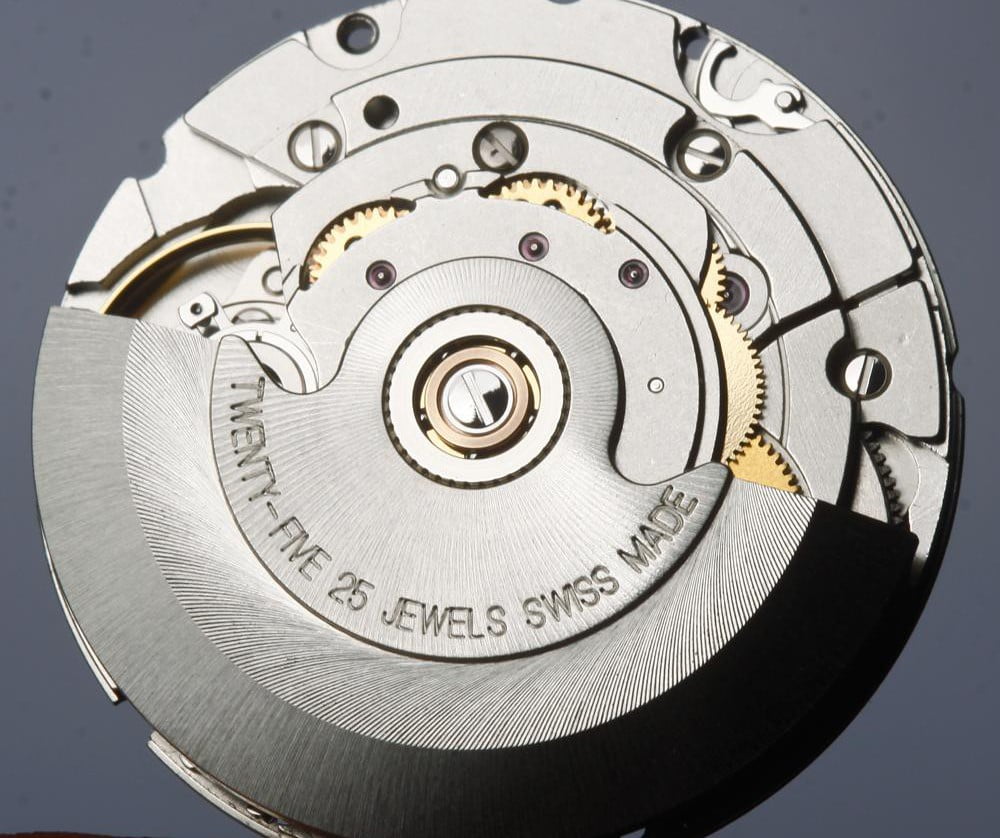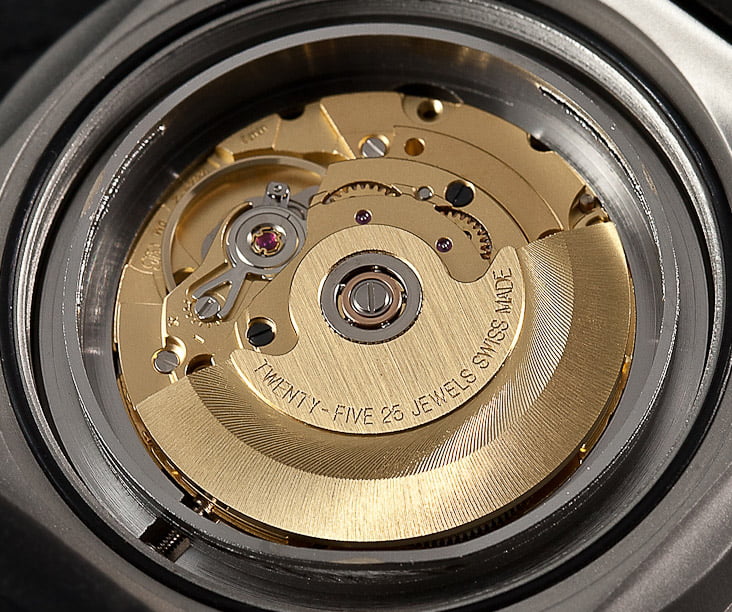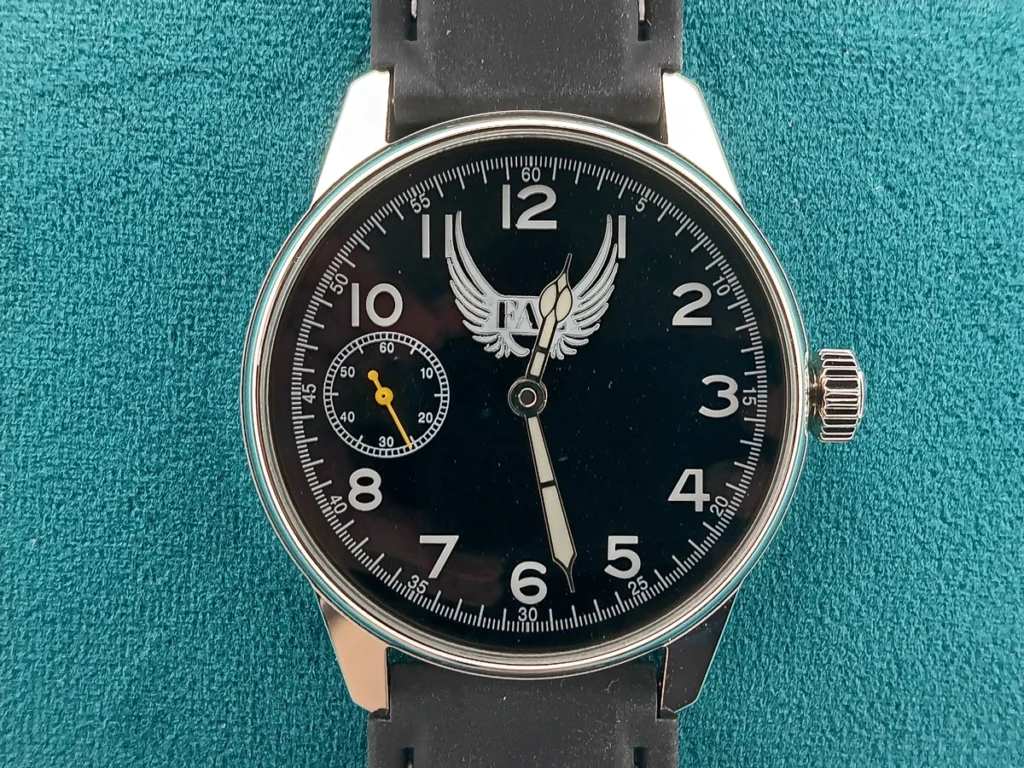The ETA 2824-2 is considered a reliable and widely respected automatic watch movement. ETA is a renowned Swiss movement manufacturer, and the ETA 2824-2 is one of their most popular automatic movements.
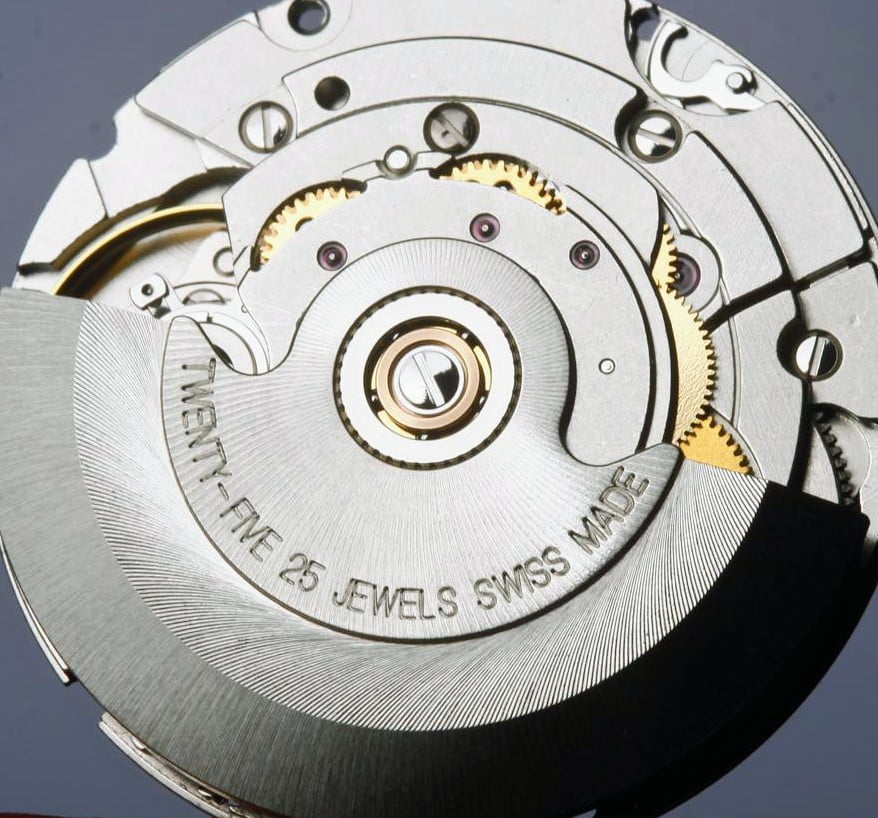
Here are some reasons why the ETA 2824-2 is highly regarded:
- Accuracy: The ETA 2824-2 is known for its accurate timekeeping. It is a self-winding movement with a high beat rate of 28,800 vibrations per hour (vph), which contributes to its precision.
- Durability: The movement is robust and has proven to be durable over time. It is built with quality materials and craftsmanship, allowing it to withstand regular wear and tear.
- Serviceability: The ETA 2824-2 is widely used in the watch industry, which means that there is a large network of skilled watchmakers and service centers familiar with its maintenance and repair. This makes it easier to find qualified professionals for servicing and parts replacement.
- Availability: Being a popular and widely used movement, the ETA 2824-2 is readily available and widely distributed. This makes it a common choice for many watch brands, ranging from entry-level to luxury timepieces.
- Versatility: The ETA 2824-2 offers different variations, including date-only (2824-2) and day-date (2834-2) complications, which allows watchmakers to incorporate various features into their designs.
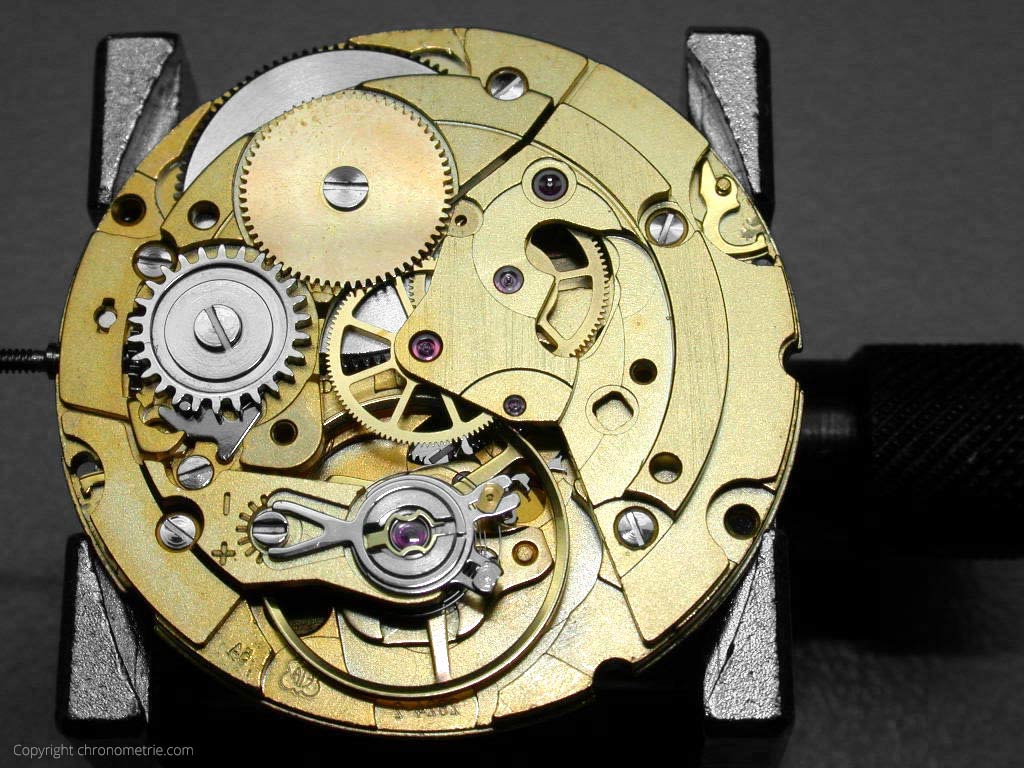
It’s worth noting that the ETA 2824-2 is a workhorse movement that is often used as a base movement by watchmakers who may modify or enhance it to suit their specific requirements or branding. As a result, the overall performance and quality can vary depending on the specific watch brand and their modifications.
Overall, the ETA 2824-2 is considered a reliable and well-regarded watch movement that has stood the test of time and is trusted by many watch enthusiasts and professionals in the industry.
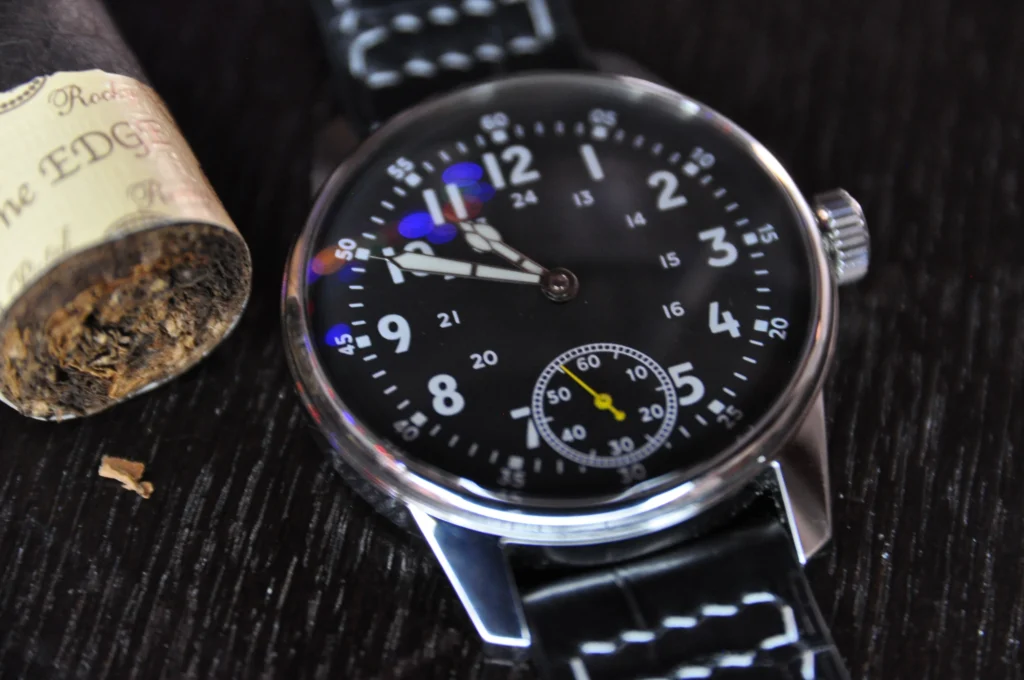
Custom FAE Mechanical Watch – Made in USA
For the pragmatic yet discerning watch owner, FAE offer the “Sapphire” edition of the Field Mechanical Watch which features all possible upgrades.
